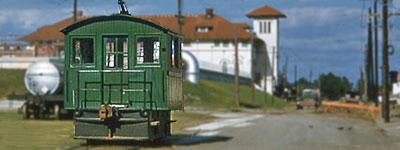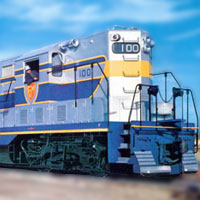
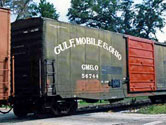

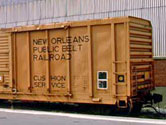




 Featured Collection
Featured CollectionGeneral Purpose
The All-American Locomotives
The GP7 was the first EMD road locomotive to use a hood unit design instead of a car-body design. This proved to be more efficient than the car body design as the hood unit cost less to build, was cheaper and easier to maintain, and had much better front and rear visibility for switching.
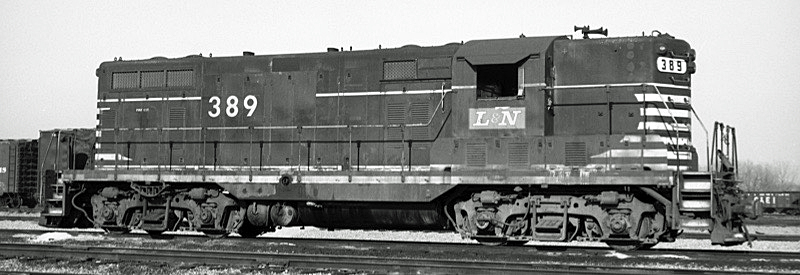
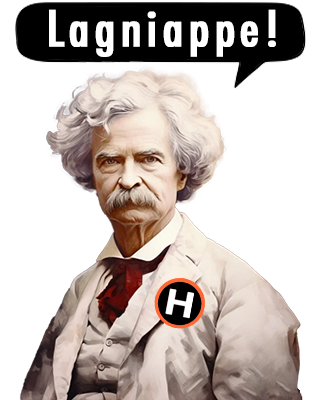

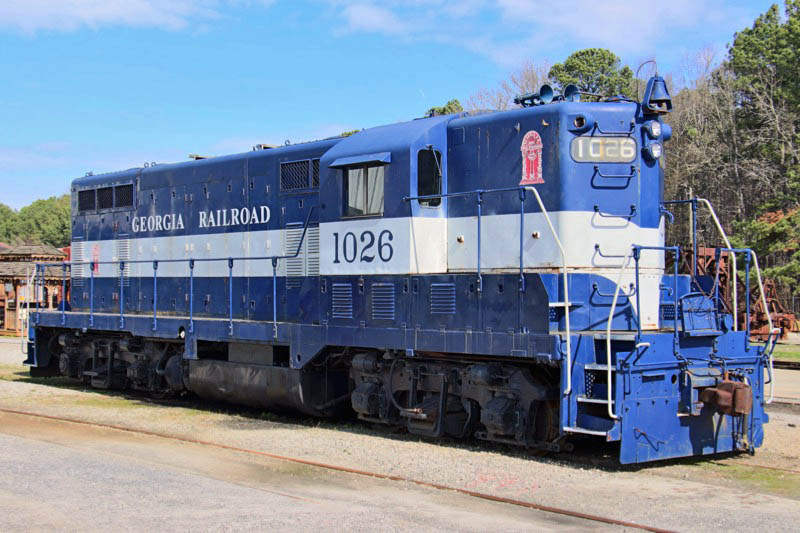
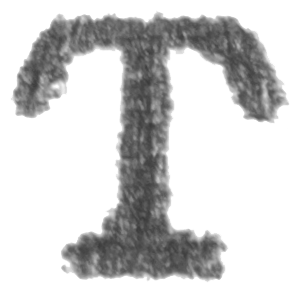 he GP came into being because of a postwar demand for a locomotive with characteristics not quite met by any existing EMD model. The railroads wanted a handy all-round unit, simpler and less expensive than the regular passenger and freight locomotives. Such an engine would be able to drop a train on the main line, do some work on a sidetrack, go back and pick up the train, and get it in the clear to carry out a meet order. It would be able to handle way work around a station, which meant that it would have to go easily in both directions, without inconvenience to the man in the cab. It might be hooked onto a work train or a wreck train. Though EMD had developed freight, passenger, and specialized locomotives that could do most of the work of the railroads, none of them could economically meet all these demands.
he GP came into being because of a postwar demand for a locomotive with characteristics not quite met by any existing EMD model. The railroads wanted a handy all-round unit, simpler and less expensive than the regular passenger and freight locomotives. Such an engine would be able to drop a train on the main line, do some work on a sidetrack, go back and pick up the train, and get it in the clear to carry out a meet order. It would be able to handle way work around a station, which meant that it would have to go easily in both directions, without inconvenience to the man in the cab. It might be hooked onto a work train or a wreck train. Though EMD had developed freight, passenger, and specialized locomotives that could do most of the work of the railroads, none of them could economically meet all these demands.
Franklin M. Reck, 1954 / image RWH
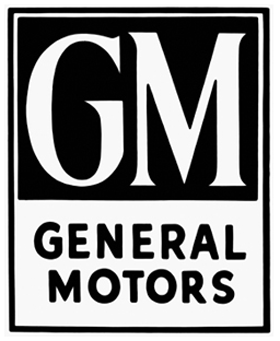
 uilt by General Motor's Electro-Motive Division, the GP7 and GP9 models were four-axle (B-B) road switcher diesel-electric locomotives between October 1949 and May 1963. Known among many as "Geeps", these General Purpose models were the first EMD road locomotives to use a hood unit design instead of a car-body design like the F and E units. This design proved to be more efficient than the cab unit design: the hood unit cost less to produce, was easier and cheaper to maintain, and had much better front and rear visibility for switching service.
Power for both models was provided by an EMD 567 16-cylinder engine which generated 1500 or 1750 horsepower, respectively. The Geeps were offered with or without control cabs and steam generators, or could be ordered long or short hood forward. In total, nearly 7000 units were produced for North American customers, and many still survive and operate today.
uilt by General Motor's Electro-Motive Division, the GP7 and GP9 models were four-axle (B-B) road switcher diesel-electric locomotives between October 1949 and May 1963. Known among many as "Geeps", these General Purpose models were the first EMD road locomotives to use a hood unit design instead of a car-body design like the F and E units. This design proved to be more efficient than the cab unit design: the hood unit cost less to produce, was easier and cheaper to maintain, and had much better front and rear visibility for switching service.
Power for both models was provided by an EMD 567 16-cylinder engine which generated 1500 or 1750 horsepower, respectively. The Geeps were offered with or without control cabs and steam generators, or could be ordered long or short hood forward. In total, nearly 7000 units were produced for North American customers, and many still survive and operate today.

All Geep images in this collection were taken by John or Ralph Hawkins, unless otherwise noted.
General Purpose 7
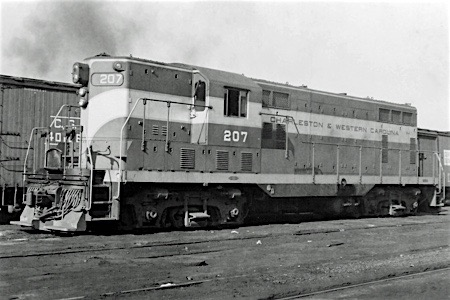
- builder:Electro Motive Division
- model:GP7
- type:B-B road switcher
- built:Oct 1949 - May 1954
- production:2610 US, 112 Canada
- engine:EMD 567B (16 cyls, 1500 hp)
- engine range:275-800 rpm
- displacement:9072 cu in
- cylinders:8 1/2" x 10" each
- aspiration:roots type supercharger
- wheelbase:40'
- size:55'11" long, 15' high, 10'3" wide
- weight:246,000 lb
- fuel capacity:1600 gals
- generator:EMD D-12-B
- traction motors:(4) EMD D-27-B
- notes:
- 3 louvers below cab
2 vertical rows of louvers on long hood
General Purpose 9

- builder:Electro Motive Division
- model:GP9
- type:B-B road switcher
- built:Jan 1954 - Dec 1959
- production:3436 US, 646 Canada
- engine:EMD 567C (16 cyls, 1750 hp)
- engine range:275-835 rpm
- displacement:9072 cu in
- cylinders:8 1/2" x 10" each
- aspiration:roots type supercharger
- wheelbase:40'
- size:56'2" long, 15.5' high, 10'3" wide
- weight:259,500 lb
- fuel capacity:1100 gals
- generator:EMD D-12-B
- traction motors:(4) EMD D-37-B
- notes:
- 1 or no louver below cab
no vertical louvers at end of long hood
Model GP7

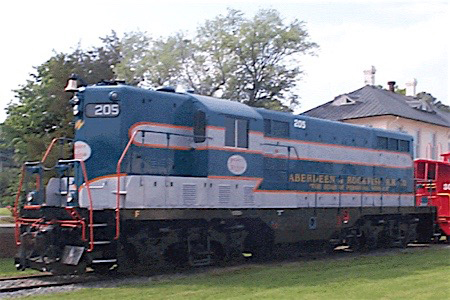
Aberdeen & Rockfish #205
Aberdeen, NC / collection
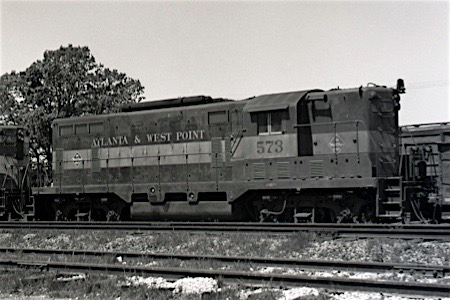
Atlanta & West Point #573
West Point, Ga / Apr 1961 / JCH
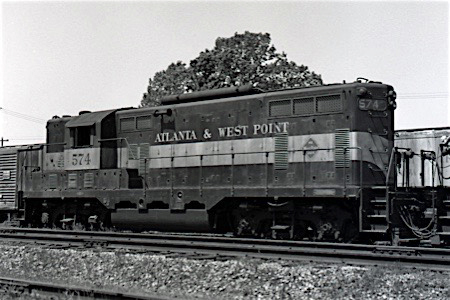
Atlanta & West Point #574
West Point, Ga / Apr 1961 / JCH
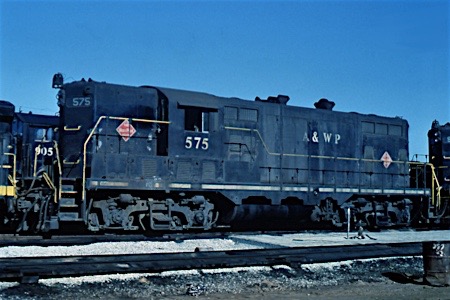
Atlanta & West Point #575
Atlanta, Ga / Dec 1979 / collection
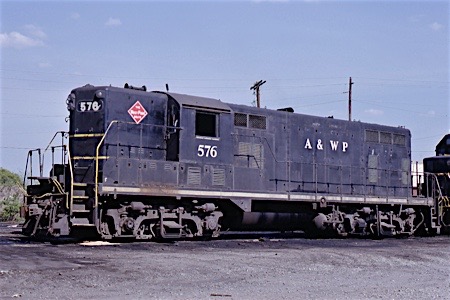
Atlanta & West Point #576
Atlanta, Ga / Apr 1979 / collection
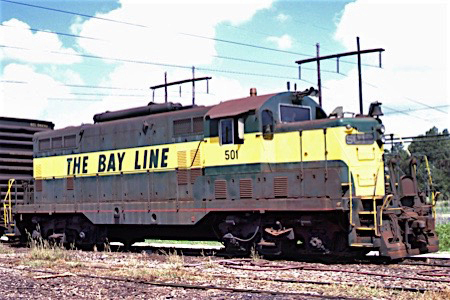
Bay Line #501
Panama City, Fl / Jun 1983 / collection
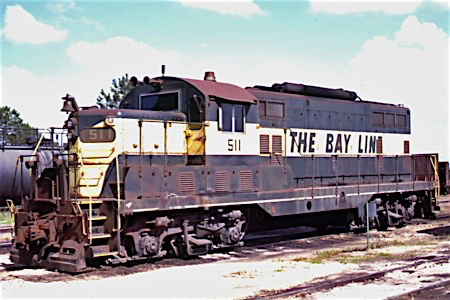
Bay Line #511
Panama City, Fl / Jun 1983 / collection
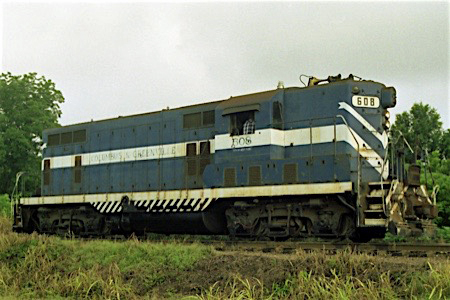
Columbus & Greenville #608
Greenville, Ma / Jul 1989 / RWH
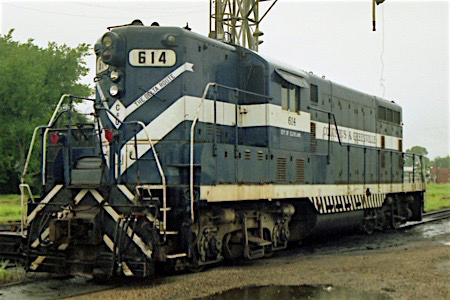
Columbus & Greenville #614
Greenville, Ms / Jul 1989 / RWH
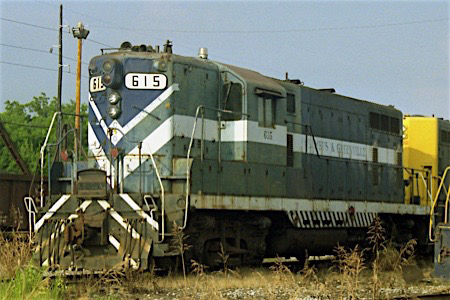
Columbus & Greenville #615
Columbus, Ms / Jul 1989 / RWH
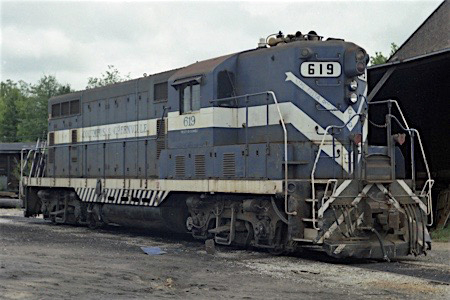
Columbus & Greenville #619
Columbus, Ms / Sep 1986 / JCH
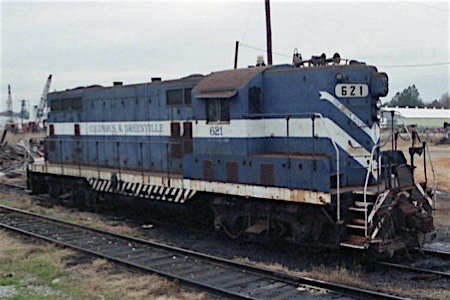
Columbus & Greenville #621
Greenwood, Ms / Dec 1989 / JCH

Columbus & Greenville #1001
Columbus, Ms / 2000 / JCH
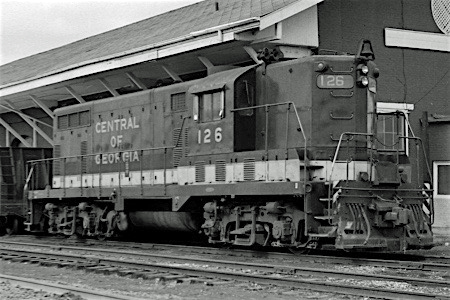
Central of Georgia #126
Huntsville, Al / Mar 1971 / JCH
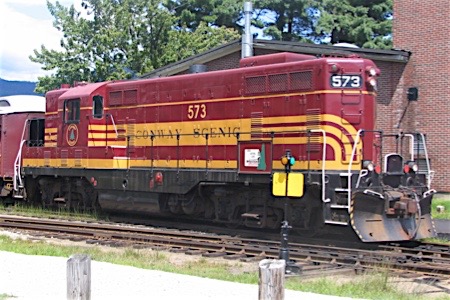
Conway Scenic #573
North Conway, NH / Aug 2006 / RWH

Charleston & Western Carolina #207
Sep 1959 / collection
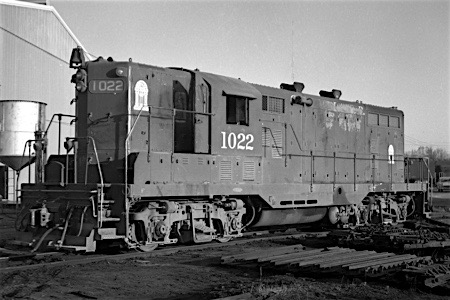
Georgia #1022
Atlanta, Ga / Mar 1969 / collection
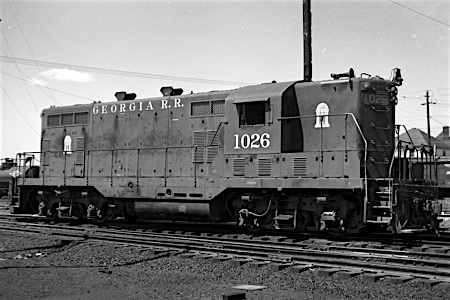
Georgia #1026
Atlanta, Ga / Mar 1969 / collection
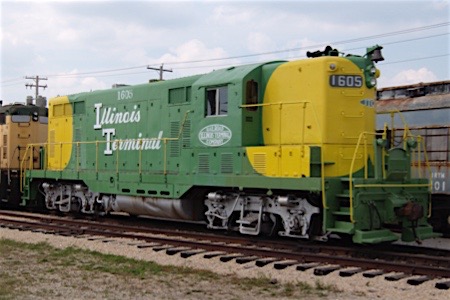
Illinois Terminal #1605
Union, Il / Sep 2009 / RWH
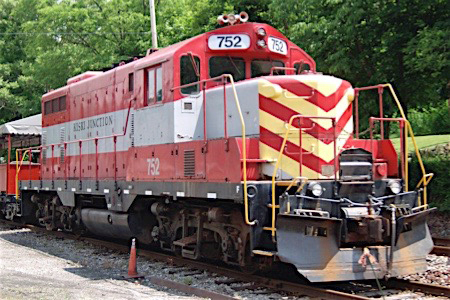
Kiski Junction #752
Schenley, Pa / Jun 2009 / RWH
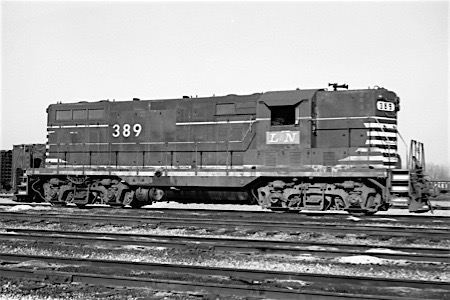
Louisville & Nashville #389
Dolton, Il / Feb 1970 / collection

Louisville & Nashville #409
Huntsville, Al / Jun 1972 / JCH
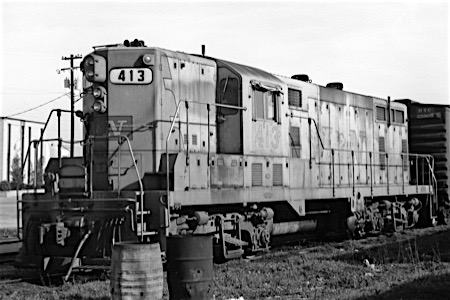
Louisville & Nashville #413
Huntsville, Al / Mar 1973 / JCH

Louisville & Nashville #415
Huntsville, Al / Mar 1972 / JCH
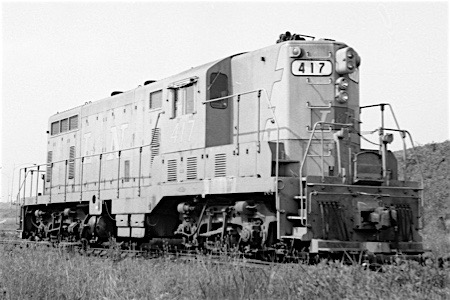
Louisville & Nashville #417
Huntsville, Al / May 1972 / JCH
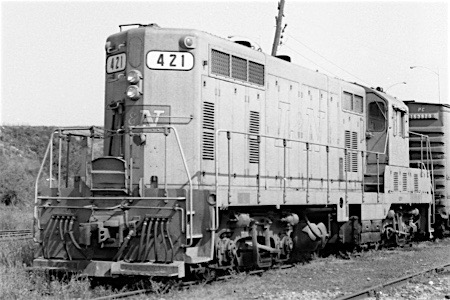
Louisville & Nashville #421
Huntsville, Al / Jun 1972 / JCH

Louisville & Nashville #424
Huntsville, Al / Nov 1972 / JCH
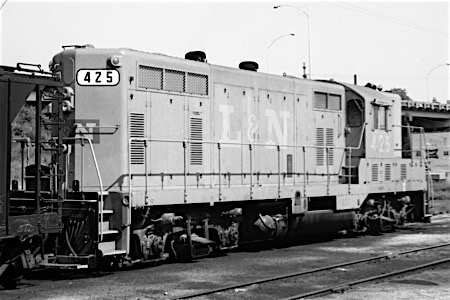
Louisville & Nashville #425
Huntsville, Al / Jun 1973 / JCH
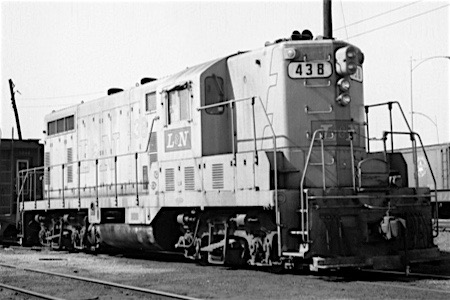
Louisville & Nashville #438
Huntsville, Al / Apr 1972 / JCH
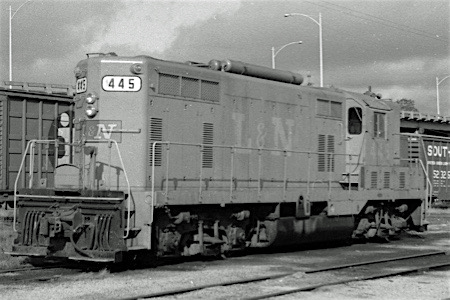
Louisville & Nashville #445
Huntsville, Al / Nov 1972 / JCH
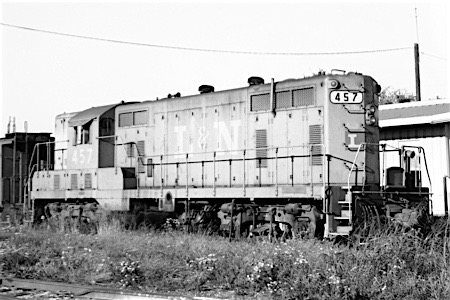
Louisville & Nashville #457
Huntsville, Al / Sep 1974 / JCH
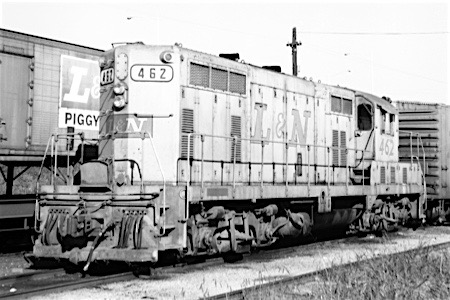
Louisville & Nashville #462
Huntsville, Al / Oct 1974 / JCH
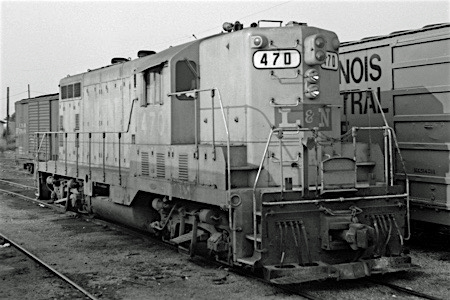
Louisville & Nashville #470
Huntsville, Al / Jul 1974
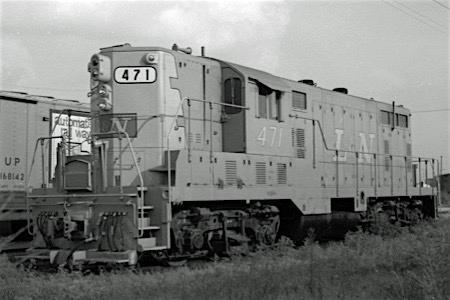
Louisville & Nashville #471
Huntsville, Al / Aug 1970 / JCH

Louisville & Nashville #475
Huntsville, Al / Jan 1070 / JCH
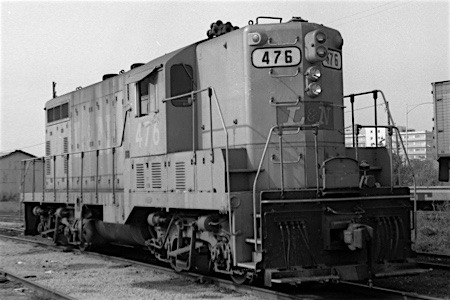
Louisville & Nashville #476
Huntsville, Al / Aug 1973 / JCH

Louisville & Nashville #477
Huntsville, Al / Oct 1974 / JCH

Louisville & Nashville #479
Huntsville, Al / Aug 1974 / JCH
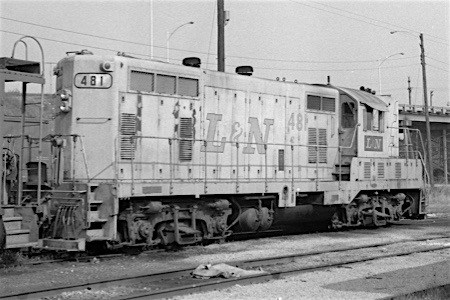
Louisville & Nashville #481
Huntsville, Al / Aug 1972 / JCH
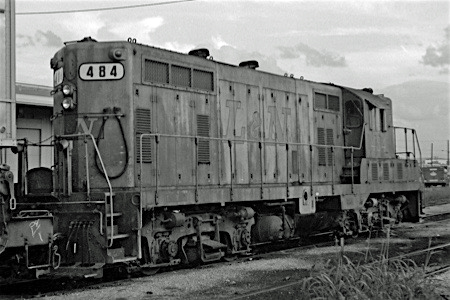
Louisville & Nashville #484
Huntsville, Al / Sep 1974 / JCH
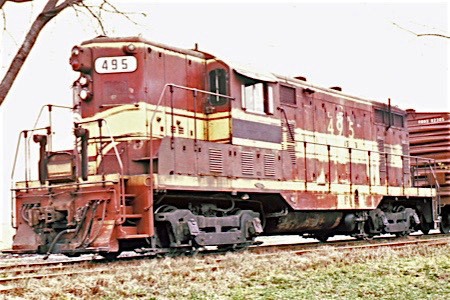
Louisville & Nashville #495
collection
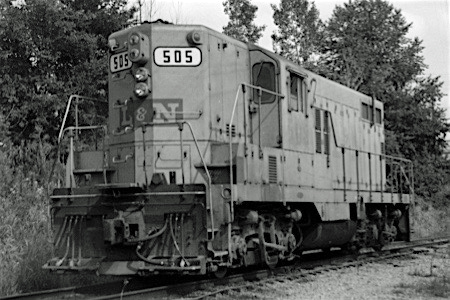
Louisville & Nashville #505
Murfreesboro, Tn / Jul 1975 / JCH

Louisville & Nashville #506
Huntsville, Al / Apr 1973 / JCH
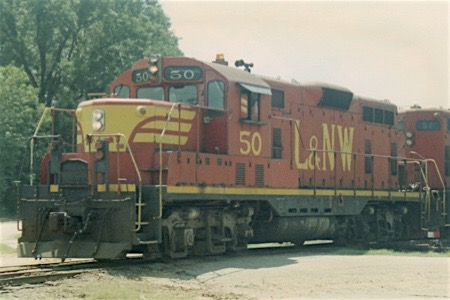
Louisiana & North West #50
Gibsland, La / 1989 / RWH
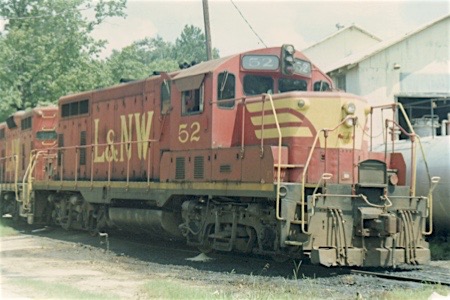
Louisiana & North West #52
Gibsland, La / 1989 / RWH
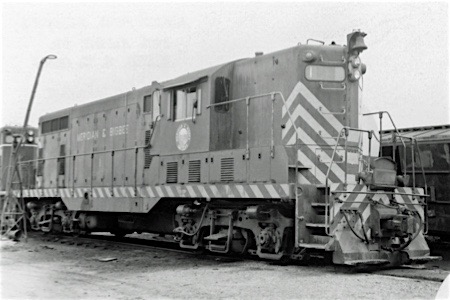
Meridian & Bigbee #101
Meridian, Ms / Feb 1966 / collection
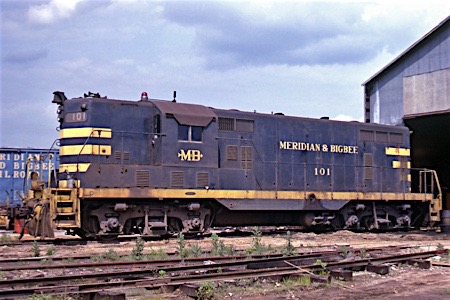
Meridian & Bigbee #101
Meridian, Ms / May 1982 / collection
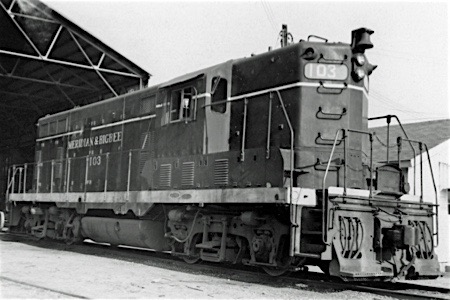
Meridian & Bigbee #103
Meridian, Ms / Feb 1966 / collection
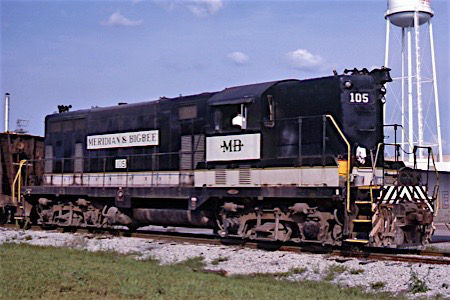
Meridian & Bigbee #105
Pennington, Ms / May 1982 / collection
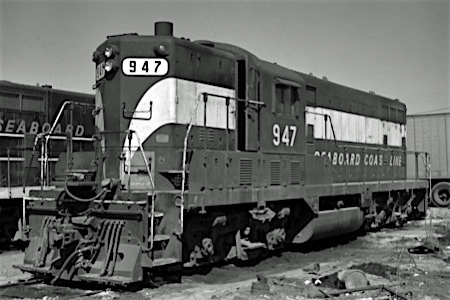
Seaboard Coast Line #947
Atlanta, Ga / Mar 1969 / collection

Southern Railway #132
Huntsville, Al / May 1971 / JCH
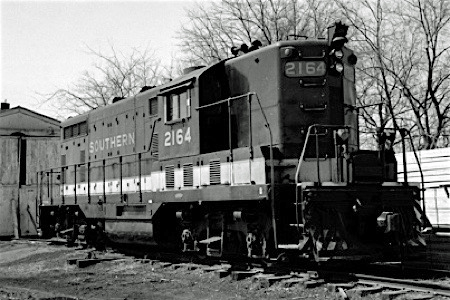
Southern Railway #2164
Huntsville, Al / Mar 1970 / JCH
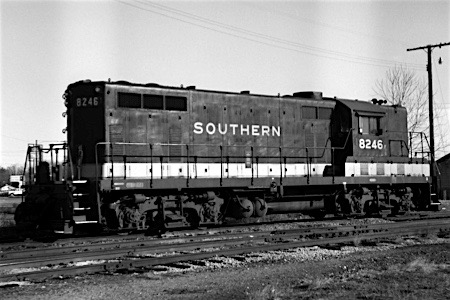
Southern Railway #8246
Huntsville, Al / Jan 1975 / JCH
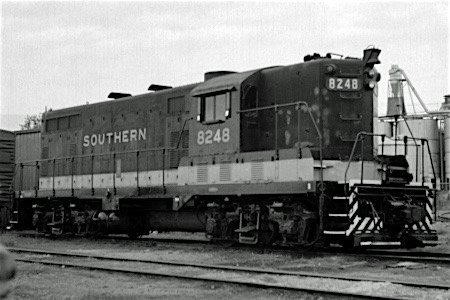
Southern Railway #8248
Huntsville, Al / Oct 1971 / JCH
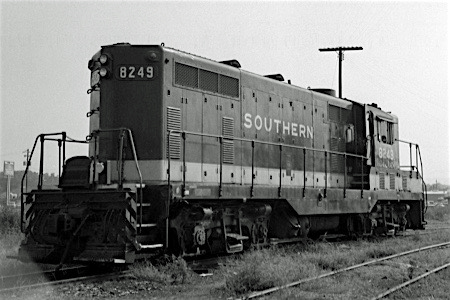
Southern Railway #8249
Huntsville, Al / Aug 1972 / JCH
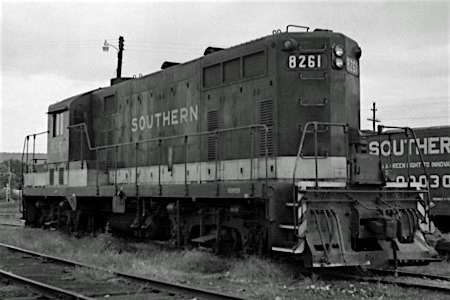
Southern Railway #8261
Huntsville, Al / Oct 1972 / JCH
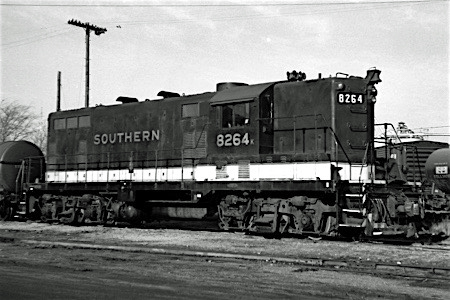
Southern Railway #8264
Huntsville, Al / Feb 1973 / JCH
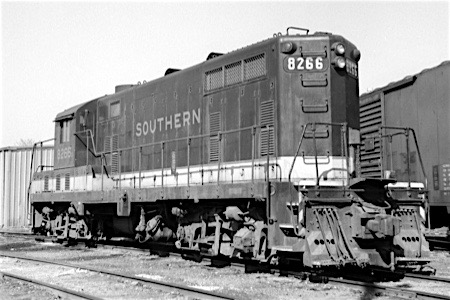
Southern Railway #8266
Huntsville, Al / Mar 1972 / JCH
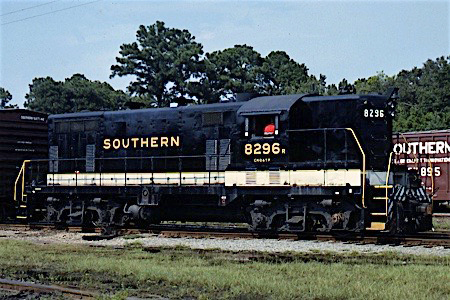
Southern Railway #8296
Jacksonville, Fl / Sep 1980 / JCH
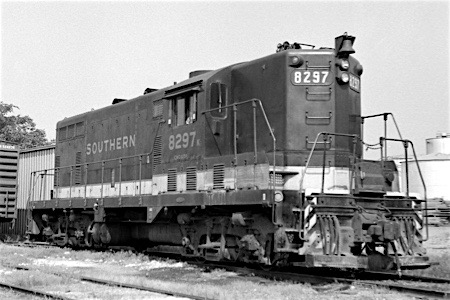
Southern Railway #8297
Huntsville, Al / May 1972 / JCH
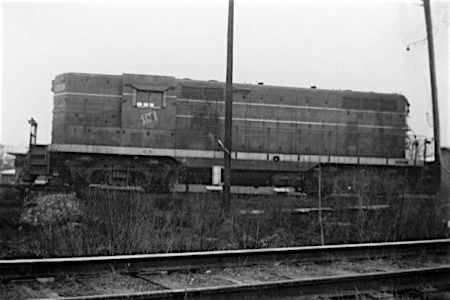
Tennessee Alabama Georgia #708
Gadsden, Al / Mar 1955 / collection
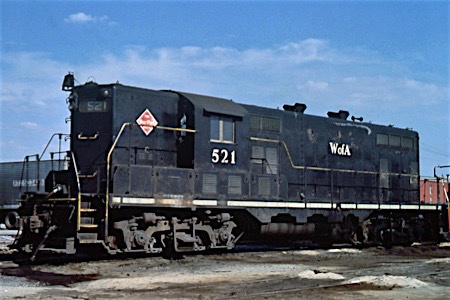
Western Railway of Alabama #521
collection
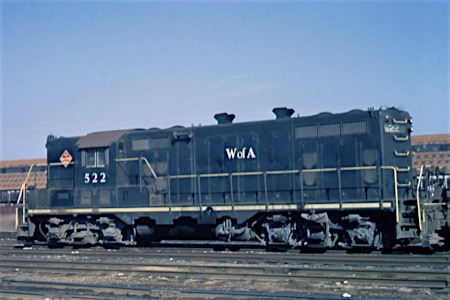
Western Railway of Alabama #522
collection
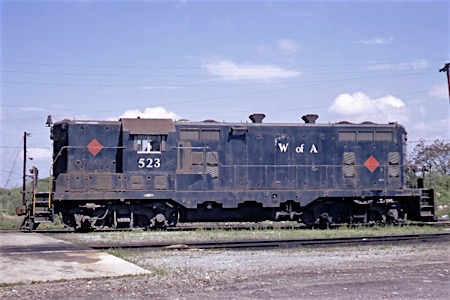
Western Railway of Alabama #523
Atlanta, Ga / Apr 1972 / collection
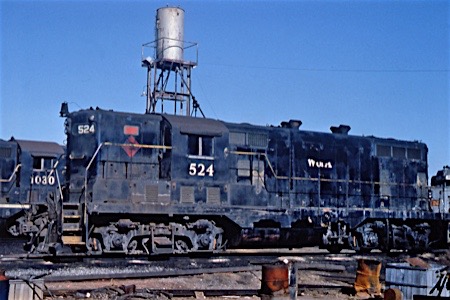
Western Railway of Alabama #524
collection
Model GP9

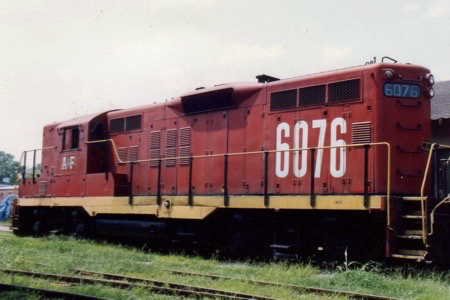
Alabama & Florida #6076
Opp, Al / 1990 / RWH
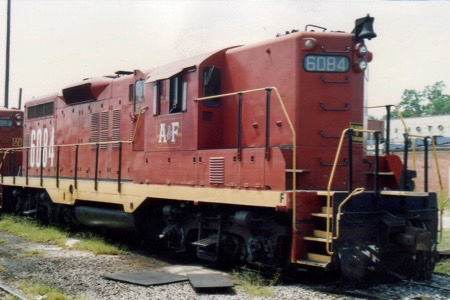
Alabama & Florida #6084
Opp, Al / 1990 / RWH
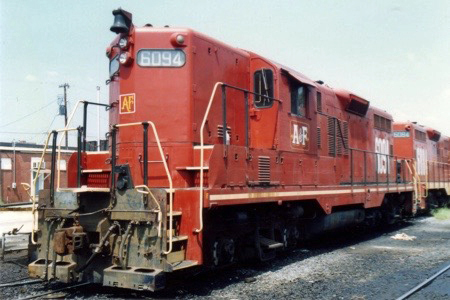
Alabama & Florida #6094
Opp, Al / 1990 / RWH
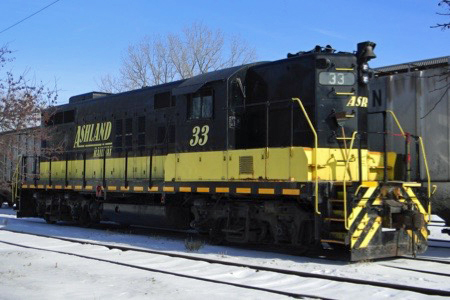
Ashland #33
Mansfield, Oh / Dec 2010 / RWH
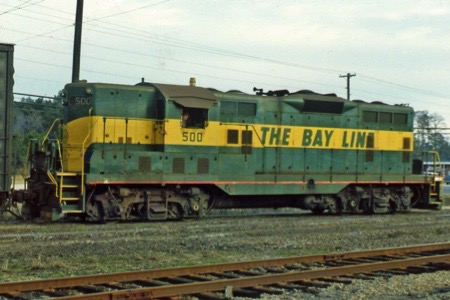
Bay Line #500
Panama City, Fl / Jan 1979 / collection
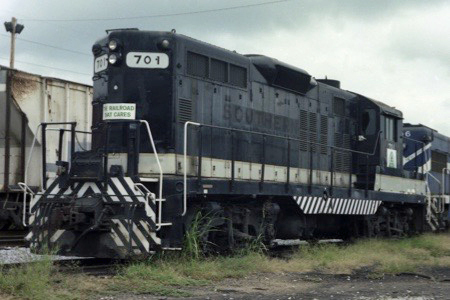
Columbus & Greenville #701
Columbus, Ms / Sep 1986 / JCH
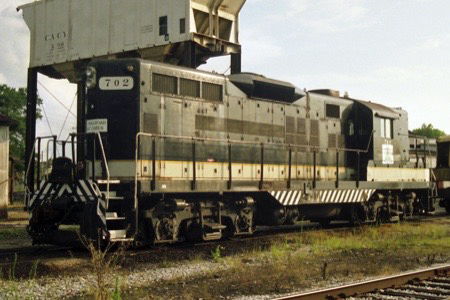
Columbus & Greenville #702
Columbus, Ms / Jul 1989 / RWH
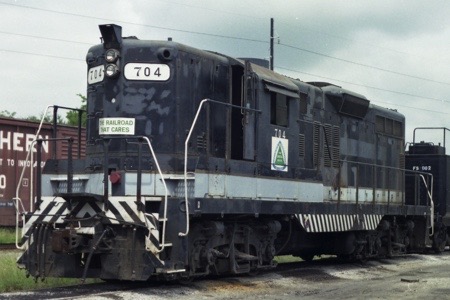
Columbus & Greenville #704
Columbus, Ms / Sep 1986 / JCH
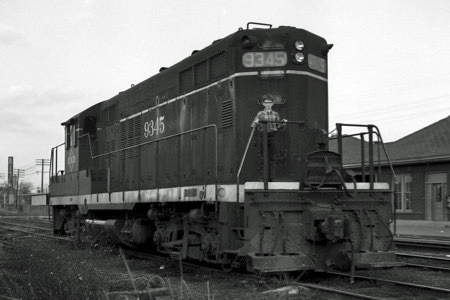
Illinois Central #9345
Canton, Ms / Dec 1971 / JCH

Kiamichi #902
Hugo, Ok / Aug 1992 / RWH

Kiamichi #903
Hugo, Ok / Aug 1992 / RWH
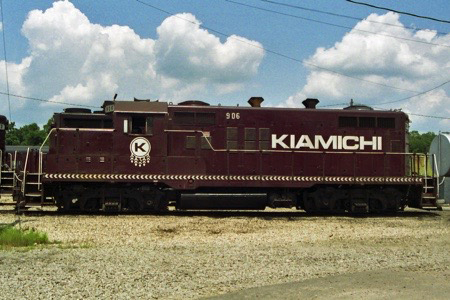
Kiamichi #906
Hugo, Ok / Aug 1992 / RWH
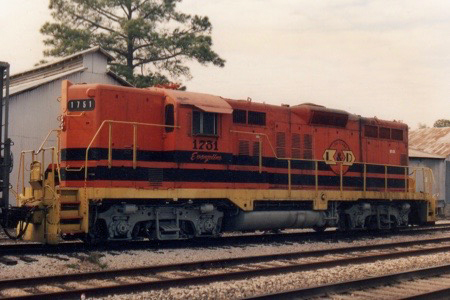
Louisiana & Delta #1751
New Iberia, La / Nov 1991 / JCH
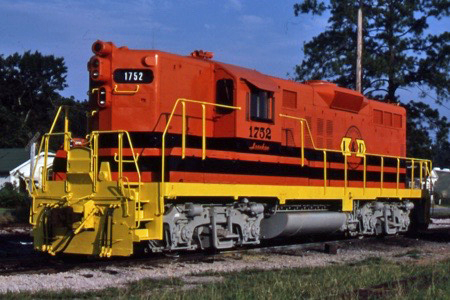
Louisiana & Delta #1752
New Iberia, La / Jul 1987 / JCH
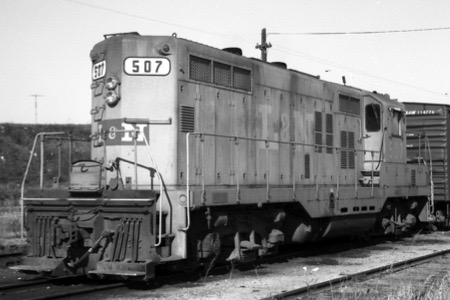
Louisville & Nashville #507
Huntsville, Al / Nov 1974 / JCH
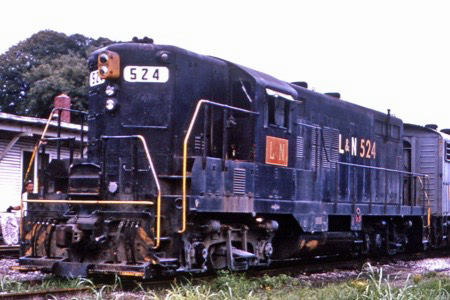
Louisville & Nashville #524
Tullahoma, Tn / Aug 1969 / collection
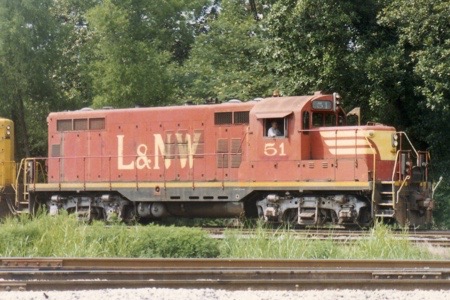
Louisiana & North West #51
Gibsland, La / Jul 1993 / RWH
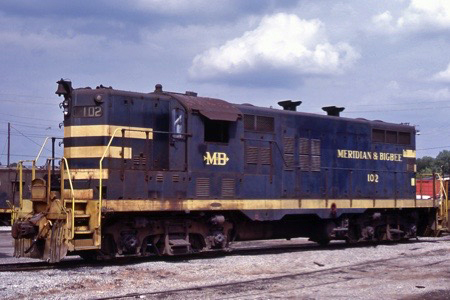
Meridian & Bigbee #102
Meridian, Ms / May 1982 / collection
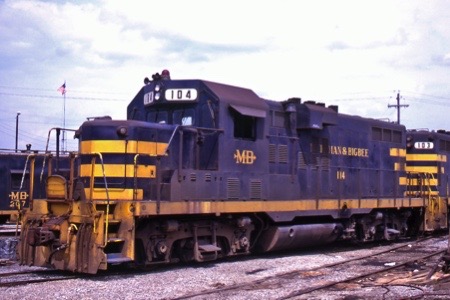
Meridian & Bigbee #104
Meridian, Ms / May 1982 / collection
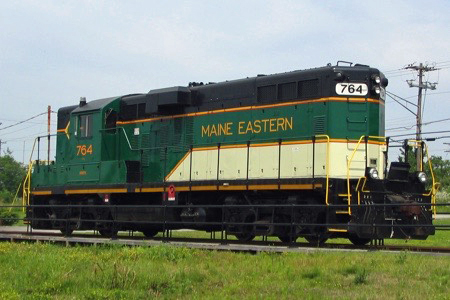
Maine Eastern #764
Rockland, Me / Jul 2006 / RWH
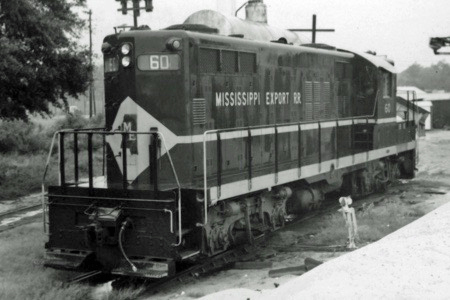
Mississippi Export #60
Pascagoula, Ms / Sep 1964 / collection
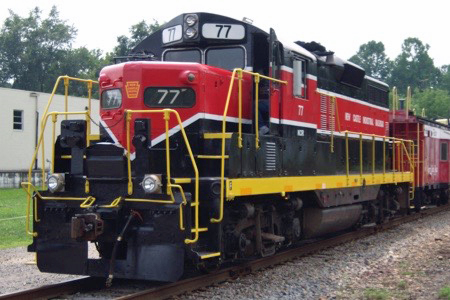
New Castle Industrial #77
New Castle, Pa / Aug 2009 / RWH
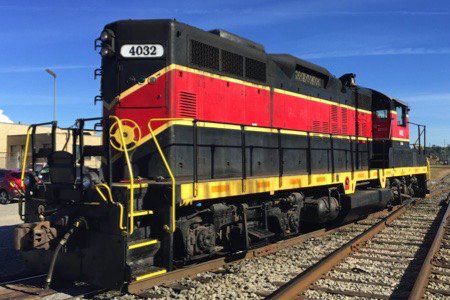
New Castle Industrial #4032
New Castle, Pa / Sep 2015 / RWH
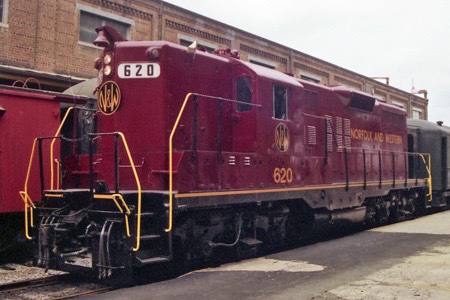
Norfolk & Western #620
Spencer, NC / Aug 1989 / JCH
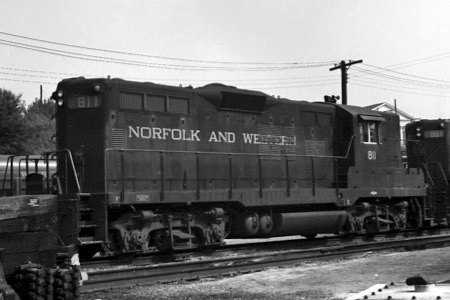
Norfolk & Western #811
Bristol, Va / Sep 1960 / JCH
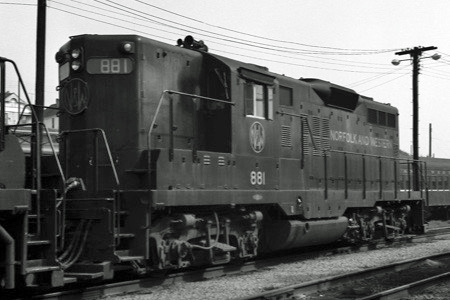
Norfolk & Western #881
Bristol, Va / Sep 1960 / JCH
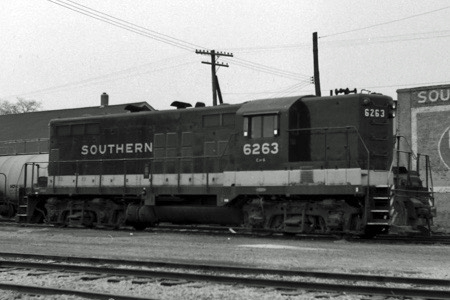
Southern Railway #6263
Huntsville, Al / Sep 1972 / JCH

Southern Railway #6265
Huntsville, Al / Jun 1972 / JCH
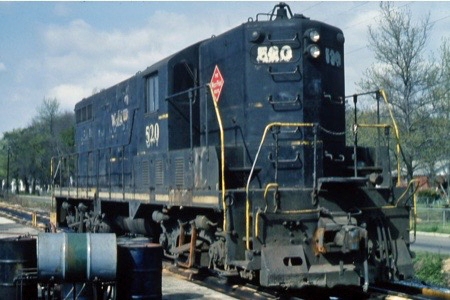
Western Railway of Alabama #520
collection
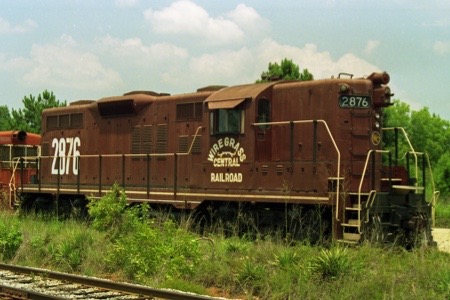
Wiregrass Central #2876
Enterprise, Al / Jul 1990 / RWH
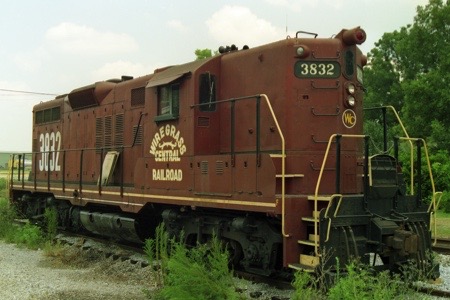
Wiregrass Central #3832
Enterprise, Al / Jul 1990 / RWH
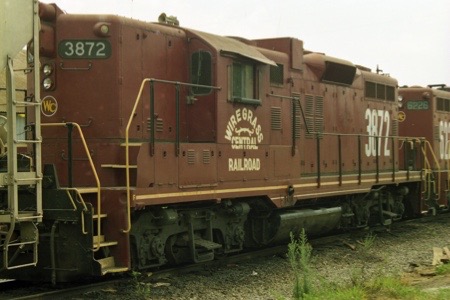
Wiregrass Central #3872
Enterprise, Al / Jul 1990 / RWH

Wiregrass Central #6226
Enterprise, Al / Jul 1990 / RWH
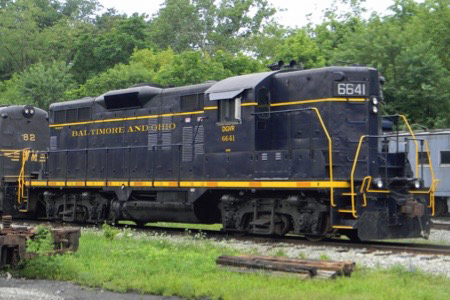
West Virginia Central #6641
Belington, WV / Jul 2011 / RWH
 Snapshots
Snapshots

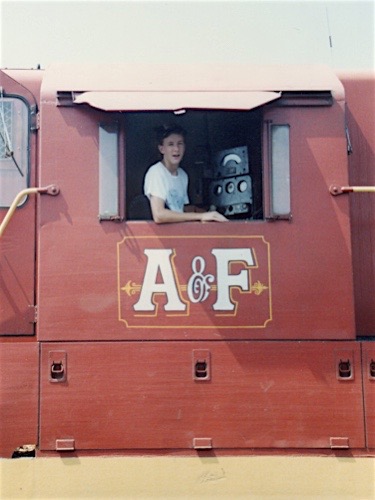 The Geep. What's more symbolic of mid 20th century American railroading than the ubiquitous model 7 and 9? Looking back over my formative years, I cannot help but feel that these first two General Purpose models formed a solid backdrop to nearly all my railfan memories. A great many of these units were still running on a great many of the shortlines and regionals I chased and shot in my youth. And when you add in the Illinois Central Gulf, Seaboard, and Santa Fe rebuild programs ... it was General Purpose of one derivation or another all over the place. Still, you cannot beat the classic and straight-forward lines of the unadorned, factory Geep 7. It is a locomotive that looks like what it was built to do: anything and everything. As this page attests, my father captured a great many 7s and 9s tied up overnight on the Louisville & Nashville and Southern locals in and out of Huntsville, Alabama, during his decade there. As for me, I've always liked the shortline haulers: Alabama & Florida, Meridian & Bigbee, Wiregrass Central -- and even more recently, pikes like the Maine Central and the Ashland in Ohio. Who would have imagined that a piece of general purpose machinery, designed and out-shopped in the middle of one century, could still be found making money for its owners in the first quarter of the next century?
The Geep. What's more symbolic of mid 20th century American railroading than the ubiquitous model 7 and 9? Looking back over my formative years, I cannot help but feel that these first two General Purpose models formed a solid backdrop to nearly all my railfan memories. A great many of these units were still running on a great many of the shortlines and regionals I chased and shot in my youth. And when you add in the Illinois Central Gulf, Seaboard, and Santa Fe rebuild programs ... it was General Purpose of one derivation or another all over the place. Still, you cannot beat the classic and straight-forward lines of the unadorned, factory Geep 7. It is a locomotive that looks like what it was built to do: anything and everything. As this page attests, my father captured a great many 7s and 9s tied up overnight on the Louisville & Nashville and Southern locals in and out of Huntsville, Alabama, during his decade there. As for me, I've always liked the shortline haulers: Alabama & Florida, Meridian & Bigbee, Wiregrass Central -- and even more recently, pikes like the Maine Central and the Ashland in Ohio. Who would have imagined that a piece of general purpose machinery, designed and out-shopped in the middle of one century, could still be found making money for its owners in the first quarter of the next century?
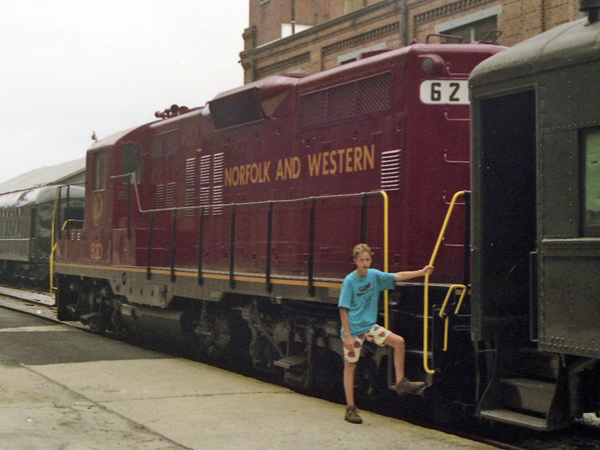
Spencer, NC / Aug 1989 / JCH
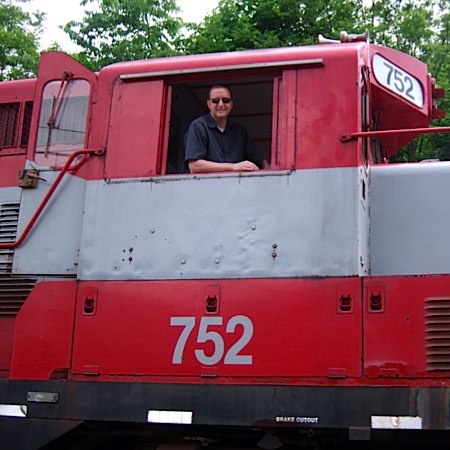
Schenley, Pa / Jul 2009 / JCH
